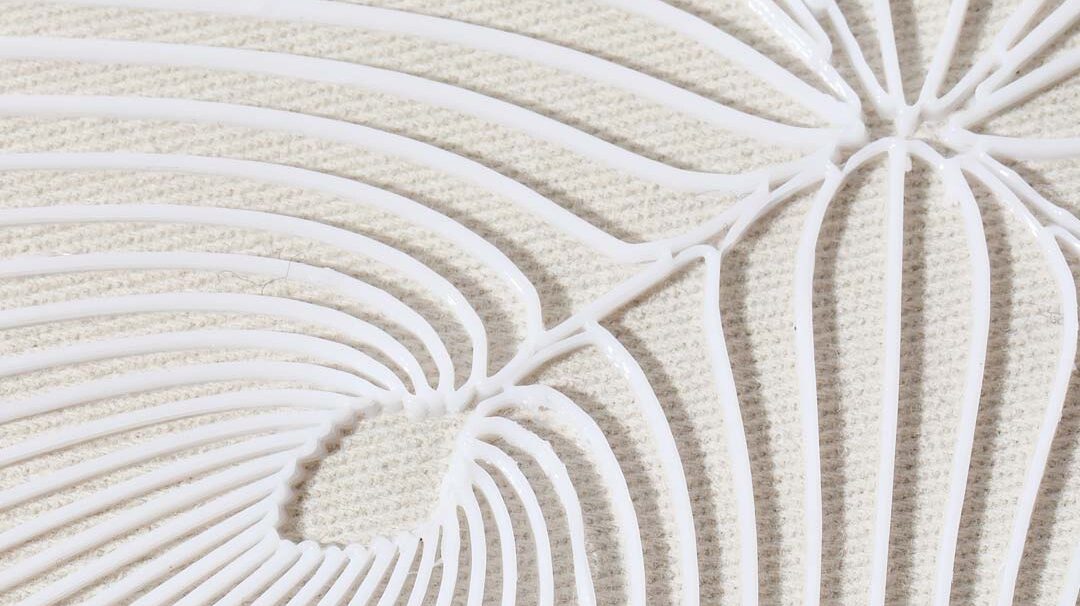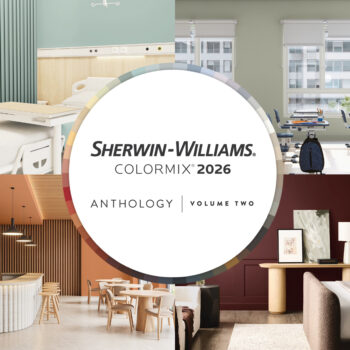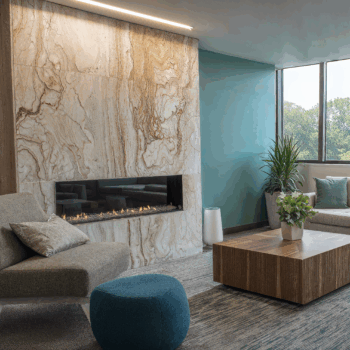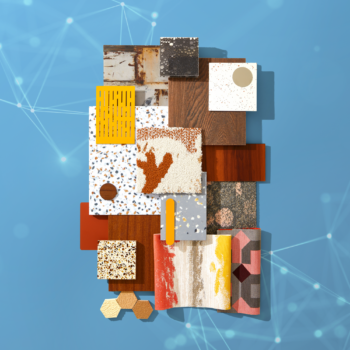
In a recent article, Kongjian Yu, a Chinese landscape architect, coined a theoretical approach to flood mitigation called “sponge cities”. Yu’s experiences of flooding in the late ‘90s in China encouraged him to reevaluate the gray infrastructure of industrial, modern cities. His concept of sponge cities imagines a water-resilient city built on nature-based ecological infrastructure – a green sponge. Variations of this concept have been discussed as part of the overarching green cities conversation, but they often center exterior interventions. While applying these largescale external technologies, interior solutions, or solutions designed for enclosed environments, have also evolved to create more resilient living environments. These technologies fall within three main categories: air pollution, energy savings, and solar technologies.
Air quality and air pollution are known to contribute adversely to human health. However, it is not restricted to the outside world. Indoor concentrations of some pollutants have increased in recent decades due to reduced mechanical ventilation, increased use of synthetic building materials, furnishings, personal care products, pesticides, and household cleaners, and more. Concentrations of pollutants are often 2 to 5 times higher than outdoor concentrations. This is increasingly problematic given the increased time spent indoors. On average, Americans spend about 90 % of their time indoors. To address these challenges, a variety of air purification technologies have evolved to reduce these concentrations. These technologies include photocatalytic concrete, active surfaces, and self-cleaning commercial air purifiers.
The Korea Institute of Civil Engineering and Building Technology (KICT) developed Photocatalytic concrete, infused with titanium dioxide, to actively cleanse the air when exposed to light. The concrete breaks down pollutants into harmless compounds that can be washed away. This innovative material can be seamlessly integrated into building facades and paving stones. The technology was used in tunnels to reduce trapped air pollution. Artificial lights activated the titanium dioxide, and the levels of pollutants like nitrogen oxides dropped by about 18% over 24 hours.

Technologies like MC# 831401, Polluted Pattern, and MC# 919601, Evereeze™ IDPA, leverage photocatalytic technology to degrade pollutants and improve indoor air quality.

Polluted Pattern takes this a step further, creating patterns that are activated and “designed” by pollution impinging on the surface. Another manufacturer, Active Surfaces® by Iris Ceramica Group, specially treats ceramic slabs. The slabs not only repel bacteria, viruses, and pollutants but also neutralize odors and clean themselves, offering a low-maintenance solution for walls, countertops, and even furniture. Other active surface materials include MC# 920901, The Breath®, and MC# 1064901, WearPure.Tech. The Breath® shows similar characteristics to Active Surfaces®, but it is a fabric solution.


WearPure.Tech, on the other hand, mineralizes the greenhouse gases and reduces VOCs. Finally, manufacturers are improving upon traditional air purifiers to create self-cleaning filters. Companies like Metalmark Tatama and Clean Air Enterprise are designed for commercial areas and reduce the need to frequently change air filters. Self-cleaning air purifiers employ HEPA-grade filters embedded with proprietary materials that capture and neutralize airborne threats. From dust and smoke to volatile organic compounds and harmful pathogens, these powerful systems safeguard indoor air quality in office buildings, hospitals, and other high-traffic environments. Other air purifying technologies leverage plant materials like algae and rice husk. AlgenAir’s aerium reduces carbon dioxide while increasing oxygen indoors. Activated rice husk naturally adsorbs pollutants, clearing pollution from the indoors.
Energy is another major component of the climate resilience conversation. The consumption and waste associated with heating and cooling interior environments pose increasing challenges as weather patterns adjust to intensifying climate. To ensure adequate energy usage, manufacturers have designed solutions intended to protect interior climates by regulating the amount of light that can enter the space. Solskin is an adaptive facade system that uses solar energy and self-learning AI control to power its motors and move its panels to provide adaptive shading, power generation, and interaction between the interior and exterior of the building. It is used to reduce energy consumption, improve indoor comfort, and enhance the aesthetic appeal of buildings. Another technology, MC# 644604, is an interior shading fabric made of 100% polyester textiles that are capable of blocking light, heat, and UV rays. It is used to reduce energy costs for air conditioning by up to 40%. There are interventions like smart glass, which use a thin film of vanadium dioxide. This thin film changes its properties in response to temperature, blocking thermal radiation during cold periods to prevent heat loss and infrared radiation during hot periods to prevent heat gain. It is also anti-glare, reducing the amount of light reflected internally in a room to less than 5 percent. It is used to improve energy efficiency and comfort in buildings. Finally, technologies like MC# 1192805, Thermal Guard, reflect heat, creating cool, thermally insulating surfaces that prevent heat loss and reduce cooling costs.

In conjunction with these energy-saving technologies, several technologies are being developed to optimize the efficiency of solar energy capture and use in enclosed environments. For example, SolarGaps’ smart blinds automatically track the sun and generate electricity from its energy. The blinds do this while keeping apartments and offices cool. They are installed on the outside of the building, but the technology lowers energy bills and reduces air conditioning usage. Then there is photovoltaic innovation. Photovoltaic elements generate electricity from light. Technologies like MC# 1232201, SOFTCELL®, SOFTFORM®, And SOFTGOODS®, and MC# 827201, UbiQD Dots, harvest sunlight for electricity. SOFTCELL® is a spherical solar cell-based technology that generates electricity anywhere using flexible and semitransparent solar modules. UbiQD Dots is a quantum dots solution that harvests sunlight without sacrificing aesthetics.

Another technology, inQs solar cells, generates electricity even from invisible light. Unlike traditional silicon solar cells, they can be used to generate electricity indoors and outdoors. This technology has enabled the development of colorless, transparent photovoltaic elements and photovoltaic elements that generate power in low light conditions. Outside of solar electricity, other innovations center on solar heat. Solartes has developed transparent plastics that capture and store solar energy during the day and release the stored energy as heat during the night. They can be integrated into the building skin to reduce the need for heat at night and to help regulate indoor climate.
The conversation around fossil fuels has opened discourse about the proactive steps we can take to minimize our impact. As we navigate the growing threats of climate change and pollution, these new, adaptive, resource efficient, and nature informed solutions will be key – no matter what approach is adopted.
Resources:
https://www.epa.gov/report-environment/indoor-air-quality
https://newatlas.com/materials/light-activated-concrete-air-pollution-tunnel/
https://www.active-surfaces.com/en/
https://clean-air-enterprise.com/en/
https://www.apollo.io/companies/Solartes-AB/5fc99dc059ff9900010b3591








